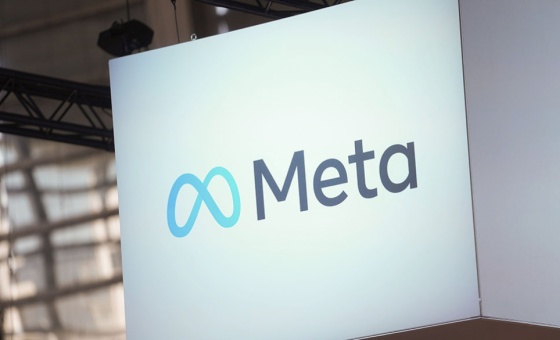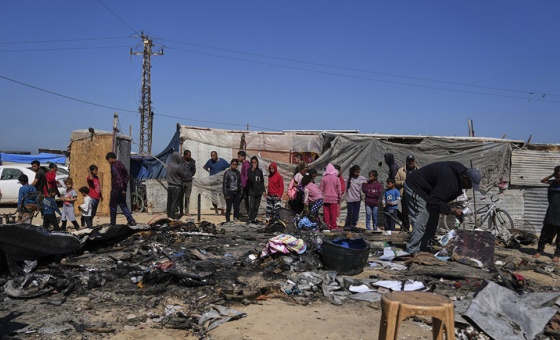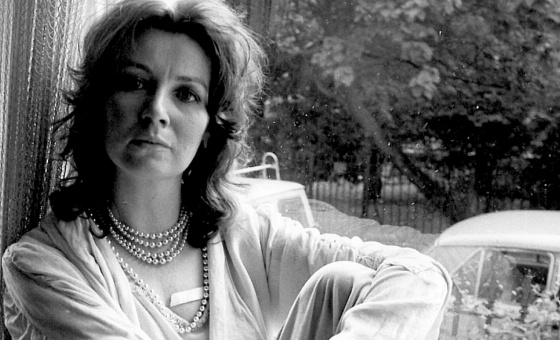This is the last article you can read this month
You can read more article this month
You can read more articles this month
Sorry your limit is up for this month
Reset on:
Please help support the Morning Star by subscribing here
THOSE who have already convinced themselves that the Marikana massacre was authorised at the highest level of the South African government will not be shaken by the Farlam report.
The same applies to others who have twisted the words of ANC deputy president Cyril Ramaphosa — then a mining company Lonmin director — to imply that he “ordered” police to open fire on strikers.
Retired judge Farlam has examined the allegations and the evidence and rejects both charges.
His panel has looked into the actions of the company, police officials, government departments and trade unions, making a number of judgements and recommendations.
Farlam leads in on the findings against Lonmin, saying that the company had failed to “use its best endeavours to resolve the disputes” between workers engaged in a legally unprotected strike and those not taking part.
Lonmin insisted that miners not supporting the action should attend for work even though it knew that this would place them in extreme danger.
Farlam actually soft-pedals criticism of Lonmin’s deliberate divide-and-rule tactics to weaken the position of the National Union of Mineworkers (NUM).
South Africa’s platinum reserves, exploited by domestic and British transnational corporations such as Lonmin, represent 86 per cent of the world’s stocks, yet the price is set in Western stock exchanges rather than in Johannesburg, holding down workers’ pay.
Marikana is situated in the former apartheid bantustan of Bophuthatswana and still reflects the super-exploitative features of that history.
Mining companies have refused to provide homes for their workers, who have been forced into squatter camps, living apart from their families and facing pressure from slumlords, organised crime and vigilantism.
Lonmin and Impala Platinum encouraged the Association of Mineworkers and Construction Union (AMCU), led by expelled NUM members, by breaking the existing collective bargaining process.
In so doing, it offered an opportunity to the vigilantist AMCU to present itself as a more militant alternative to the NUM.
Much has been made, justifiably, of the police massacre of 34 miners on August 16 2012, but 10 people, including NUM members, security guards and police officers were killed the previous week as AMCU stepped up its campaign.
Farlam suggests that the scale of killing on August 16 arose from a “flawed” police plan to encircle strikers and then disarm them.
However, the ferocity and one-sidedness of the gunplay raises at least the possibility of an element of police vengeance against those responsible for hacking their colleagues to death.
The commission’s effort to equate responsibility of NUM and AMCU through failure to “exercise effective control” over members is hard to accept, especially in light of subsequent murders and woundings of NUM members in the area.
President Jacob Zuma has accepted the Farlam recommendations, including an inquiry into the suitability of national and north-west provincial police commissioners to hold office.
He, in common with all South Africans, finds it unacceptable that such an event can happen in a free and democratic country.
Families of those killed in and around Marikana before, on and after August 16 2012 should receive compensation without delay.
Apartheid-era living conditions, corporate malpractice and industrial relations in the mining industry have to change quickly to prevent any repetition.
But anger and sadness at the scale of this atrocity should not be misused to direct undeserved accusations against the ANC government, its leaders or the South African revolution.





